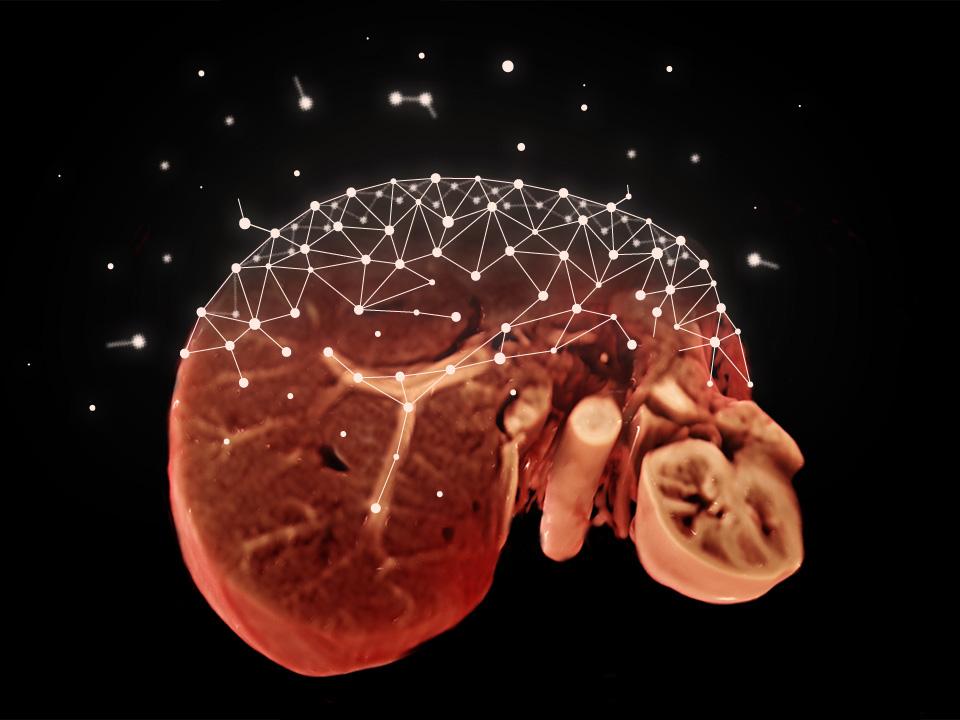
Currently, even with state-of-the-art MRI technologies, we have reached the plateau when it comes to sampling speed. For abdominal1 and cardiac imaging, this limitation translates into imaging over multiple breath-holds, making it extremely challenging to examine severely ill patients.
Compressed Sensing heralds the paradigm shift in the clinical practice of Cardiac and Body imaging. Acquire only what is necessary to enable the imaging of moving organs at unprecedented resolutions. Compressed Sensing Cardiac Cine offers a synergistic enhancement to parallel imaging with sparse sampling and iterative reconstruction enabling acceleration factors up to 10.
Now, patients suffering from arrhythmia or those unable to hold their breath will no longer have to be excluded from cardiac MRI, the gold standard of cardiac functional characterization.
Now, in free-breathing, we can acquire high resolution images of dynamic contrast enhancement in the abdomen, the gold standard in liver imaging.



